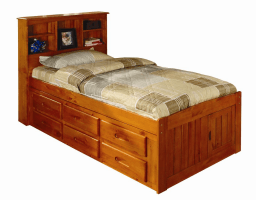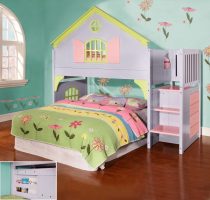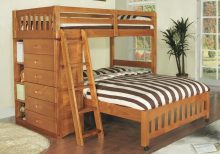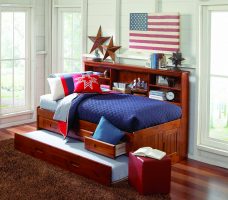Kids Room Color Psychology
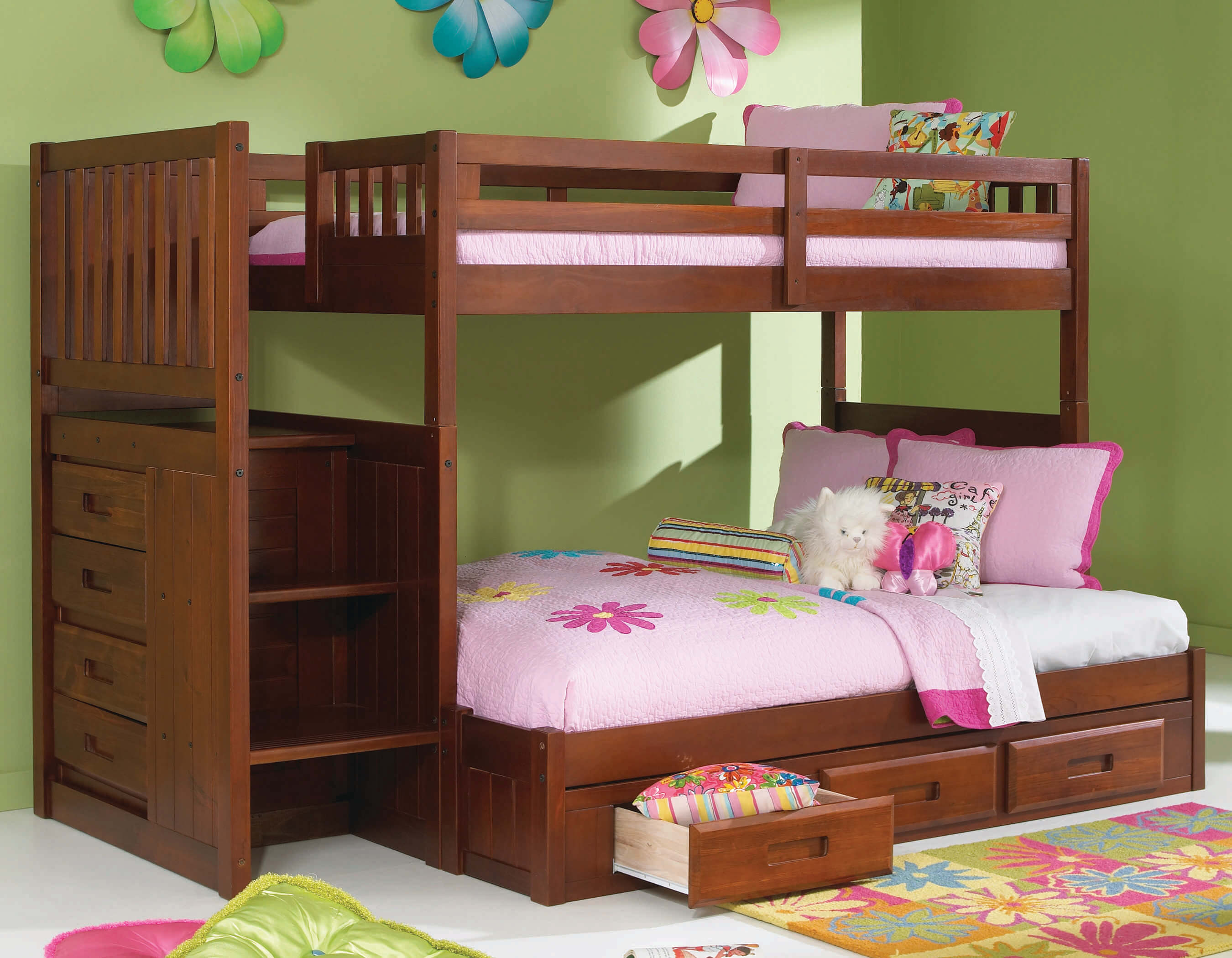
When decorating a child’s room, it is important to understand how color will affect their mood, behavior, and development. We all react to the world that our senses describe to us. With color, the impact may be subtle, but over time it can be accumulative. Understanding the effect of different hues on the psychology of your kids, can help you to design a better and healthier environment for them to live in.
Red Colors
These colors are very exciting, and can increase a person’s metabolism, and make them more energetic. Restaurants often use the color red as it can make people feel subtly hungrier. For kids rooms, these tones are great if you have a child that is sluggish, or has problems getting up in the morning. However it is important to temper them with deeper, and lighter colors, so that the effect does not turn into aggression.
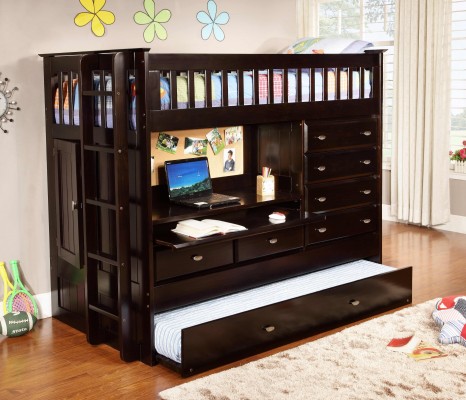
Brown Earth Tones
These warm, rich colors are very comforting, and soothing. They often evoke thoughts of hearth and home. That makes them great for children’s rooms, as it can make them feel safe and cared for, and help to build a subtle self assurance within them over time. However earth tones should generally be mixed with at least a few brighter features in a child’s bedroom, as you don’t want them trending too much towards hermitage in their comfy cove.
Blue Hues
Blue is a very subdued color, that can promote a sense of peace, calm, and relaxation. This can be great if you have a very energetic child, as it will make bedtime much easier to handle. With kids who are less motivated you may want to avoid this in lieu of more energetic options.
Bright Yellow Colors
These are happy tones that can automatically elevate the mood and atmosphere of a space. While brighter versions can be irritating, subdued hues allow you to bring to glowing warmth of the sun into a child’s room, subtly elevating their psychological being. This is often best mixed with bold accent colors that can contrast the gold, making it even more effective in these spaces.
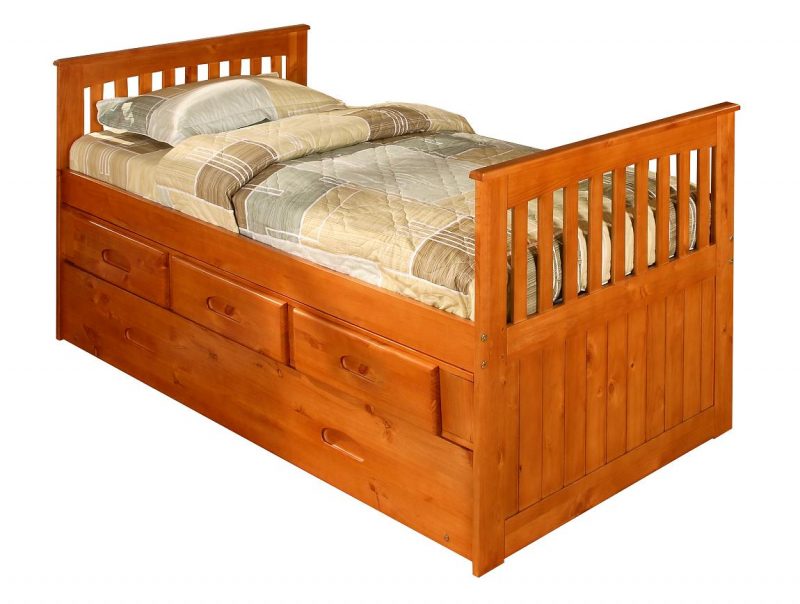
Discovery World Furniture Honey Day Beds

